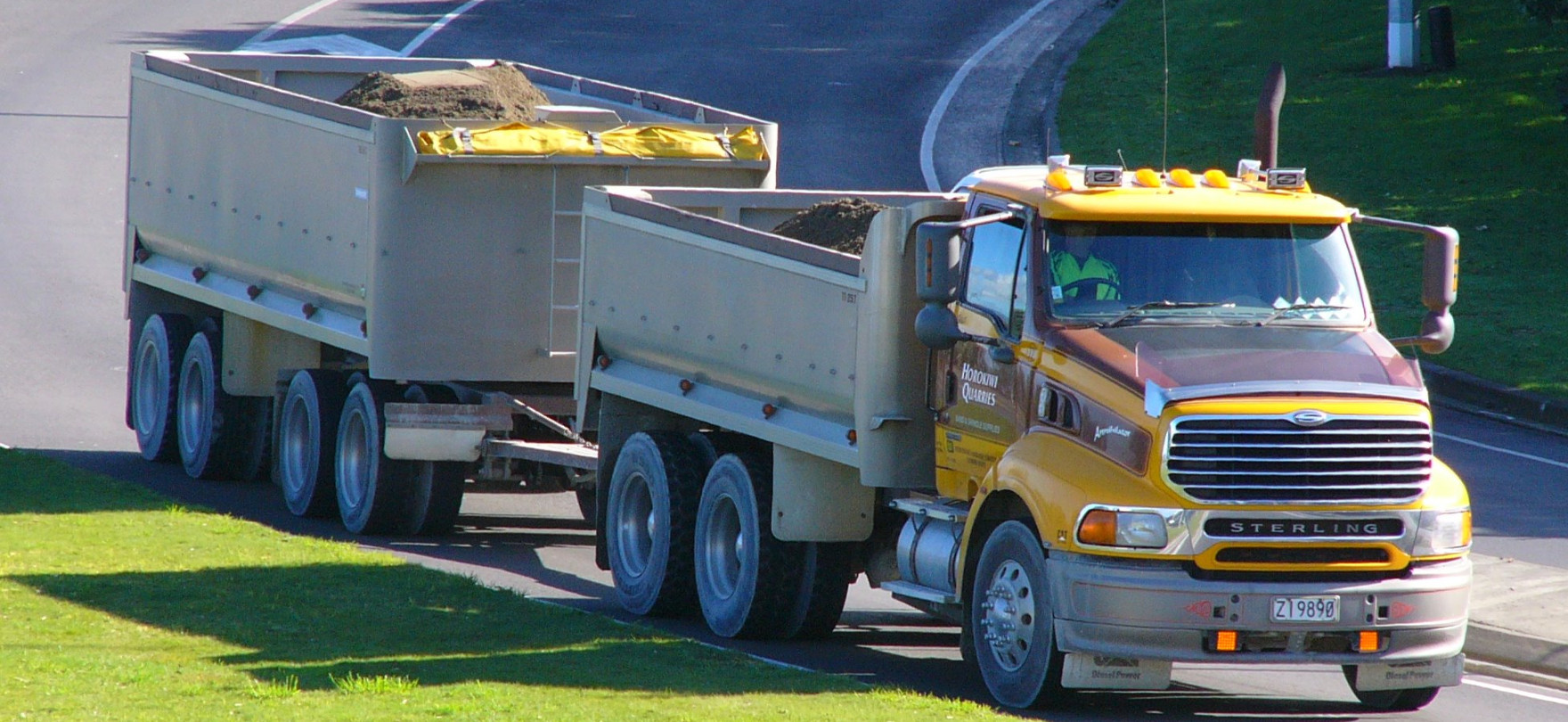Project overview
Aim of the project
To review existing literature of the economics of using green hydrogen to decarbonise long-distance heavy freight in New Zealand.
- Start date
- Status
Next steps
Following on from this was Phase Two, and the development of a total cost of ownership comparison tool. Please see here for more information.
Road transport accounts for 17.9% of the countries total greenhouse gas emissions (New Zealand’s Greenhouse Gas Inventory 1990-2017), with the Ministry of Transport reporting that New Zealand’s heavy truck fleet contributes 27% of all transport emissions but accounts for only 7% of total annual
travel.
Ara Ake engaged NERA Economic Consulting to conduct a review of all the existing literature of the economics of using green hydrogen to decarbonise long-distance heavy freight (LDHF) in New Zealand. With technologies emerging and costs tracking to reduce through innovation and scale both globally and domestically, the research question we asked was, “What needs to be true for green hydrogen to be the most economic path to decarbonising LDHF?”
This report reviews the existing literature on green hydrogen applied to the LDHF task in New Zealand. The report restricts its focus to studies which account for the nuances of the New Zealand economy and geographic nature of the freight task. It draws comparisons between different technologies in answering the research question of “What needs to be true for green hydrogen to be the most economic path to decarbonising LDHF?”

111 Emergency from New Zealand, CC BY 2.0 https://creativecommons.org/licenses/by/2.0, via Wikimedia Commons